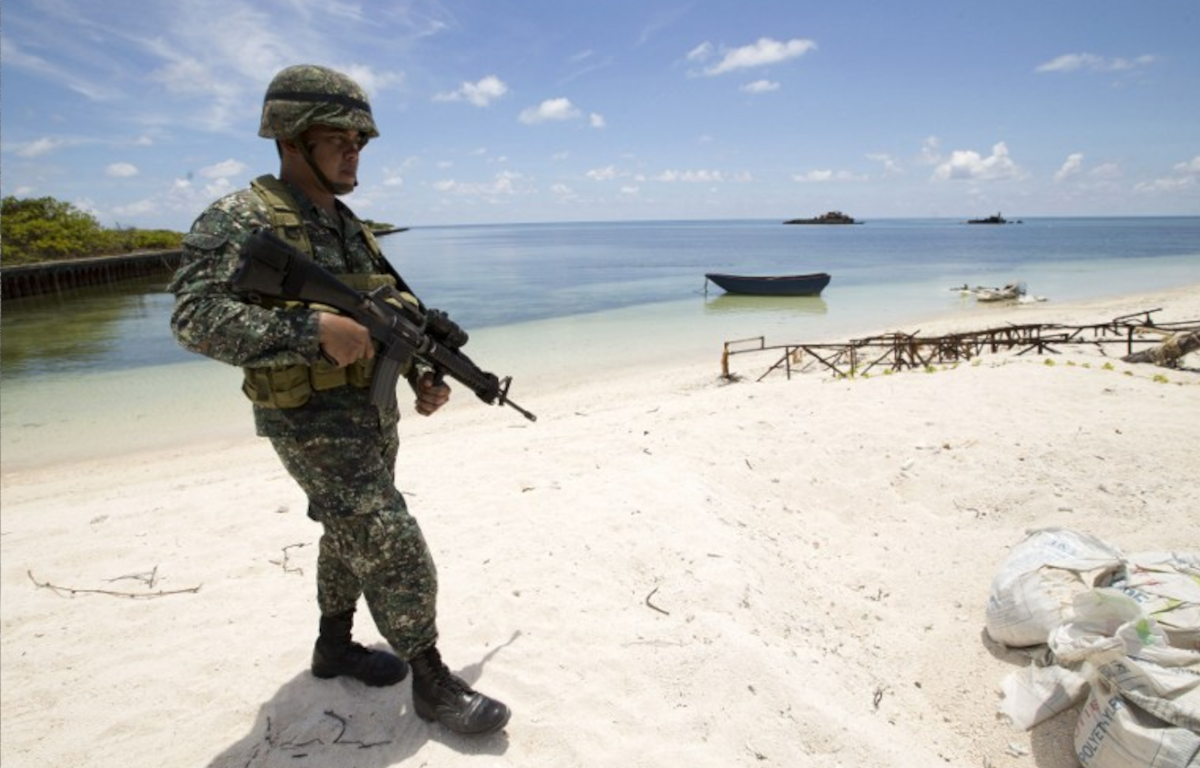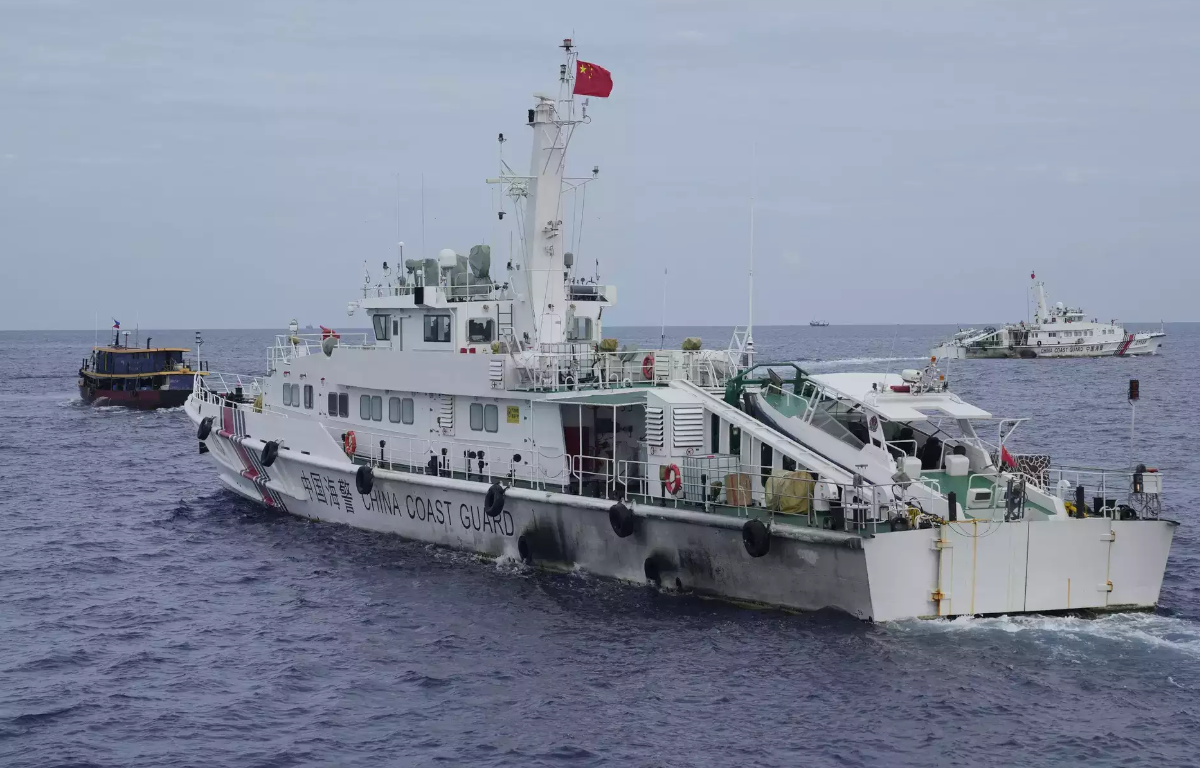
The gray zone encompasses a wide spectrum of activities, including cyberattacks, disinformation campaigns, economic coercion, and territorial encroachments. It poses a unique challenge for countries like the Philippines, which require a sophisticated response that goes beyond traditional military deterrence.
Assertive Transparency is a novel strategy designed to address gray zone challenges. It combines deterrence with diplomatic efforts, all while maintaining a strong commitment to transparency and credibility. A cornerstone of this strategy is the proactive sharing of accurate information regarding territorial claims, historical rights, and adherence to international law. By doing so, the Philippines aims to counter disinformation campaigns and assert its position on the global stage.
Diplomatic engagement is another crucial component of Assertive Transparency. The Philippines actively participates in international bodies and regional organizations like the United Nations and ASEAN to address gray zone challenges. This diplomatic approach seeks peaceful resolutions through dialogue, emphasizing adherence to a rules-based international order.
While pursuing diplomatic solutions, the Philippines is also investing in modernizing its defense capabilities. This includes acquiring new maritime assets, enhancing its cyber defense capabilities, and improving intelligence gathering. These measures serve as a deterrent to potential gray zone aggressors while complementing diplomatic efforts.
Collaboration with like-minded nations is integral to the success of Assertive Transparency. The Philippines recognizes the importance of working closely with allies, such as the United States, in the realm of security and defense. These partnerships enhance the nation’s capabilities and foster a unified front in addressing gray zone challenges.
In a world where the boundaries between peace and conflict are increasingly blurred, the Philippines’ innovative approach of Assertive Transparency provides valuable lessons in proactive and adaptable statecraft. It underscores the significance of international cooperation, information sharing, and a commitment to the rule of law in addressing gray zone challenges. As other nations grapple with similar threats, the Philippine model of Assertive Transparency may serve as a template for innovative solutions in the face of ambiguity and complexity.










Share this: